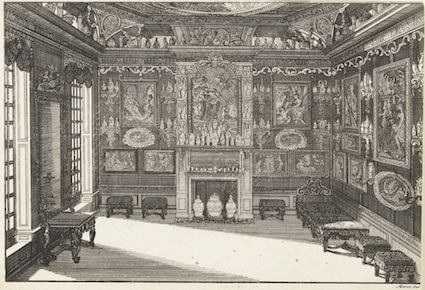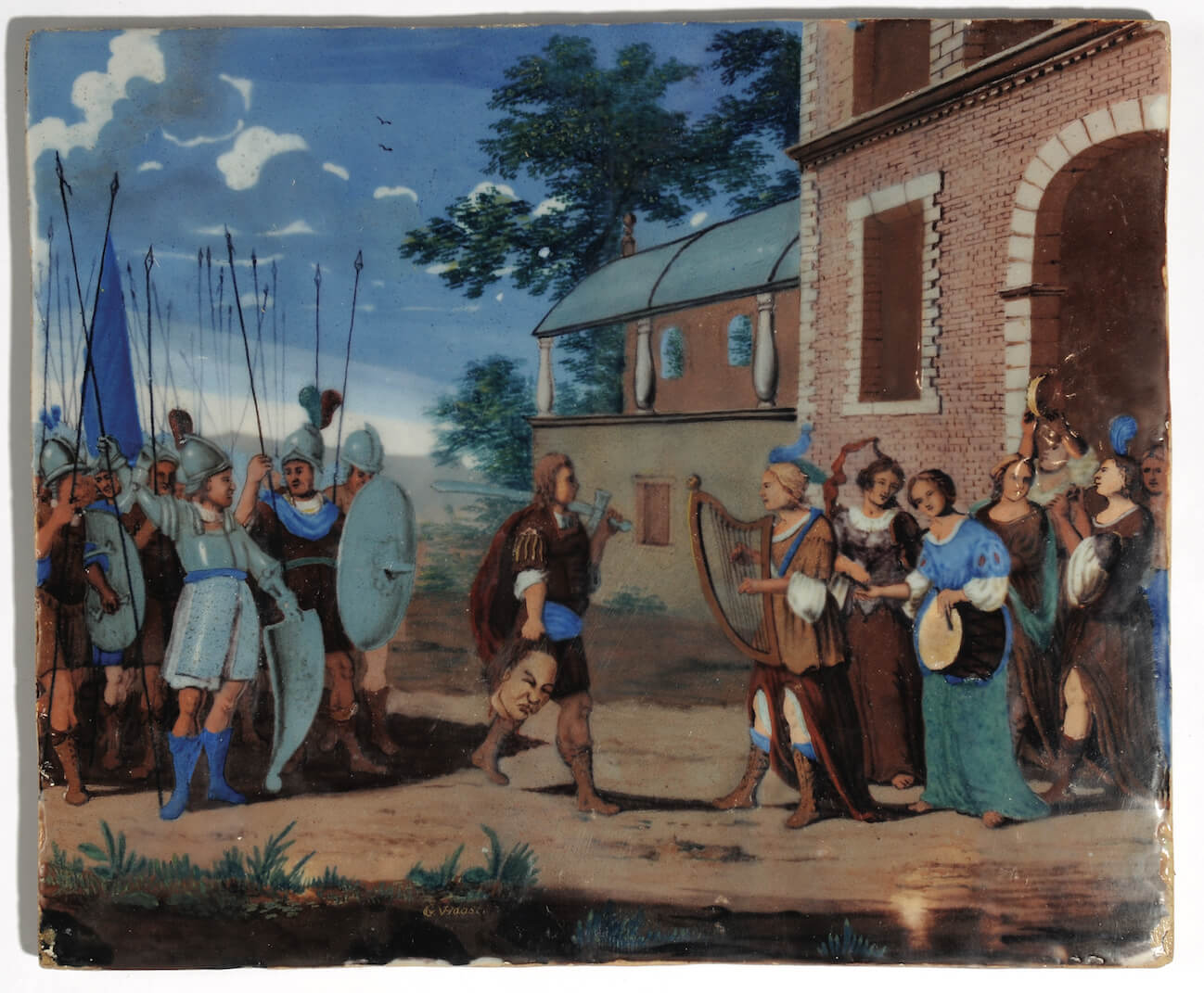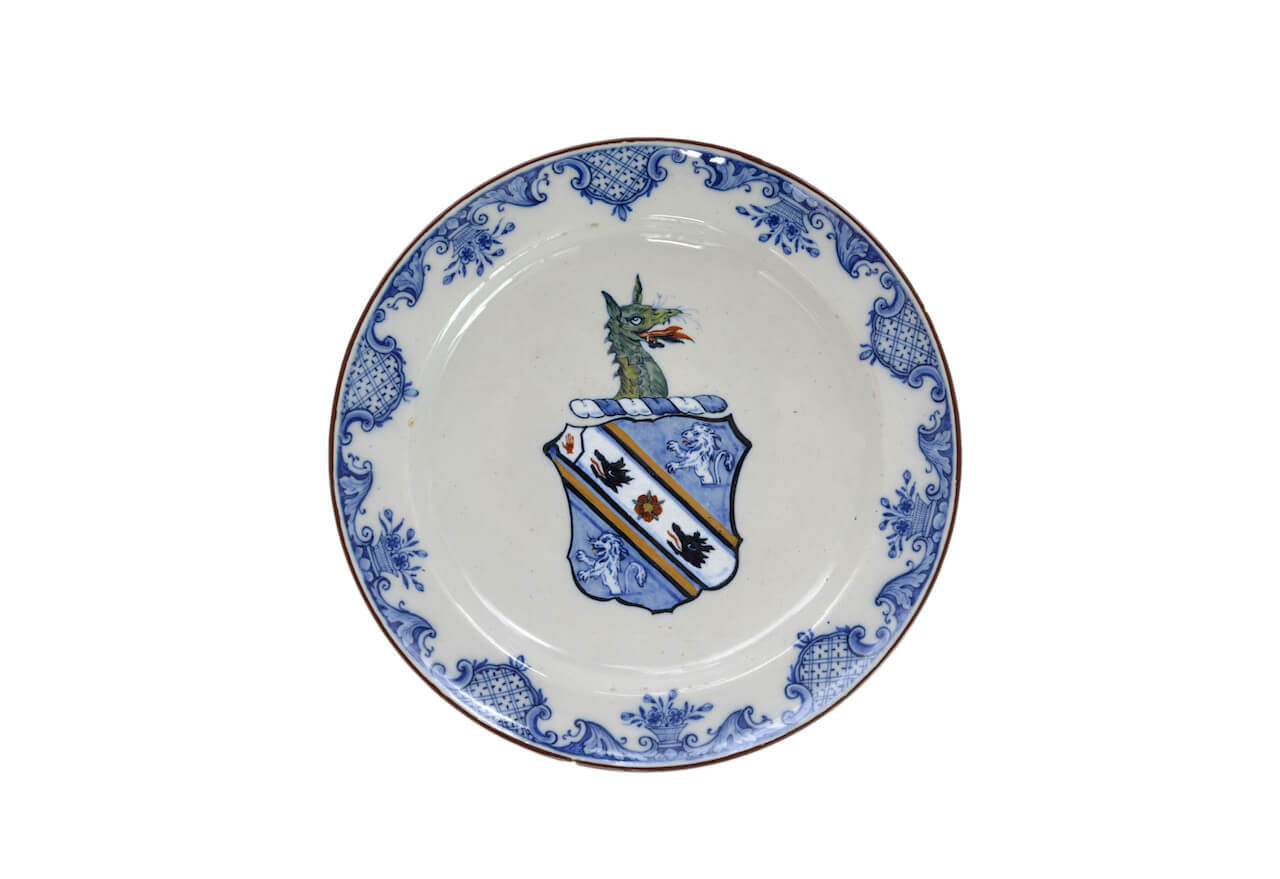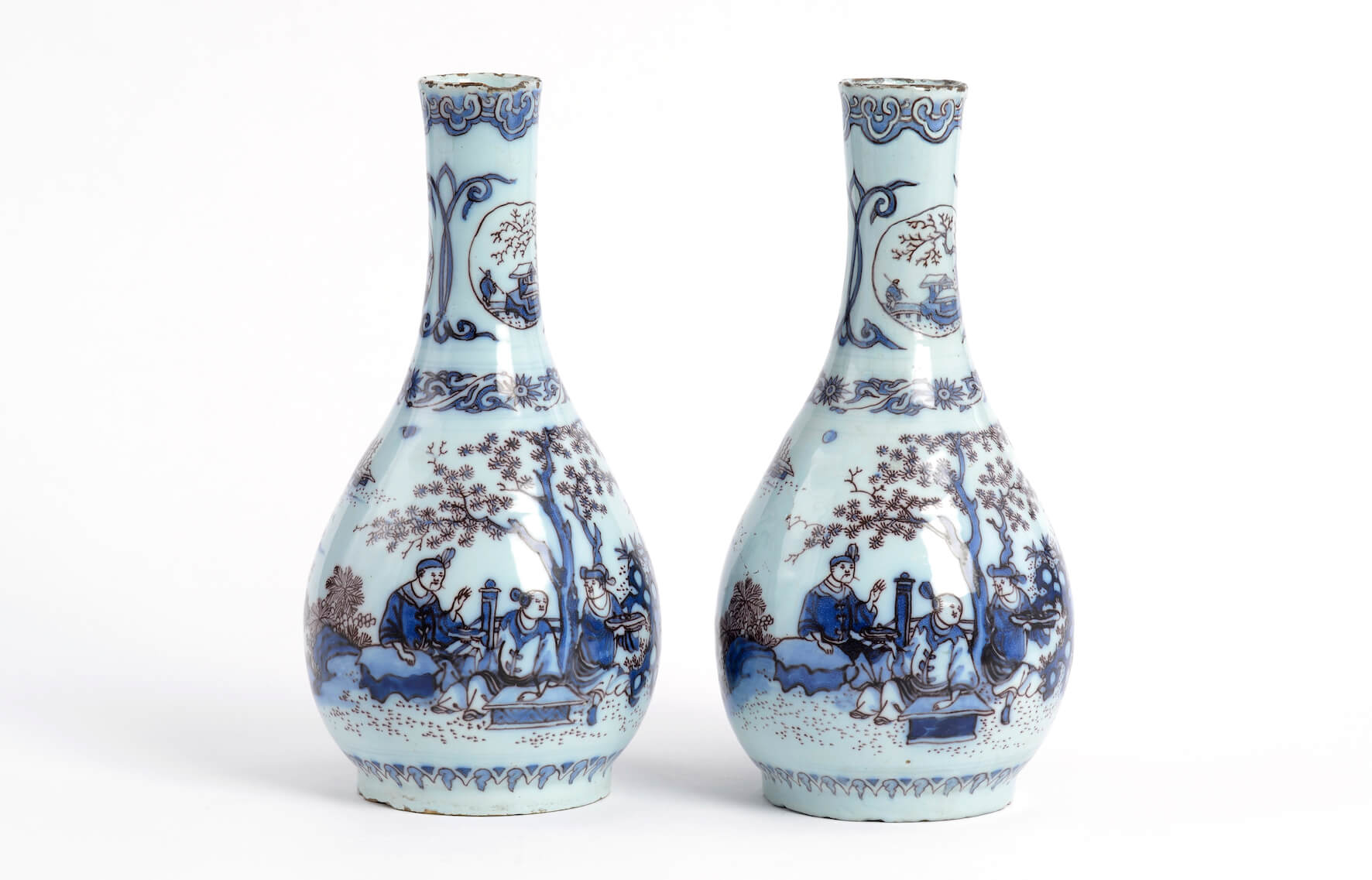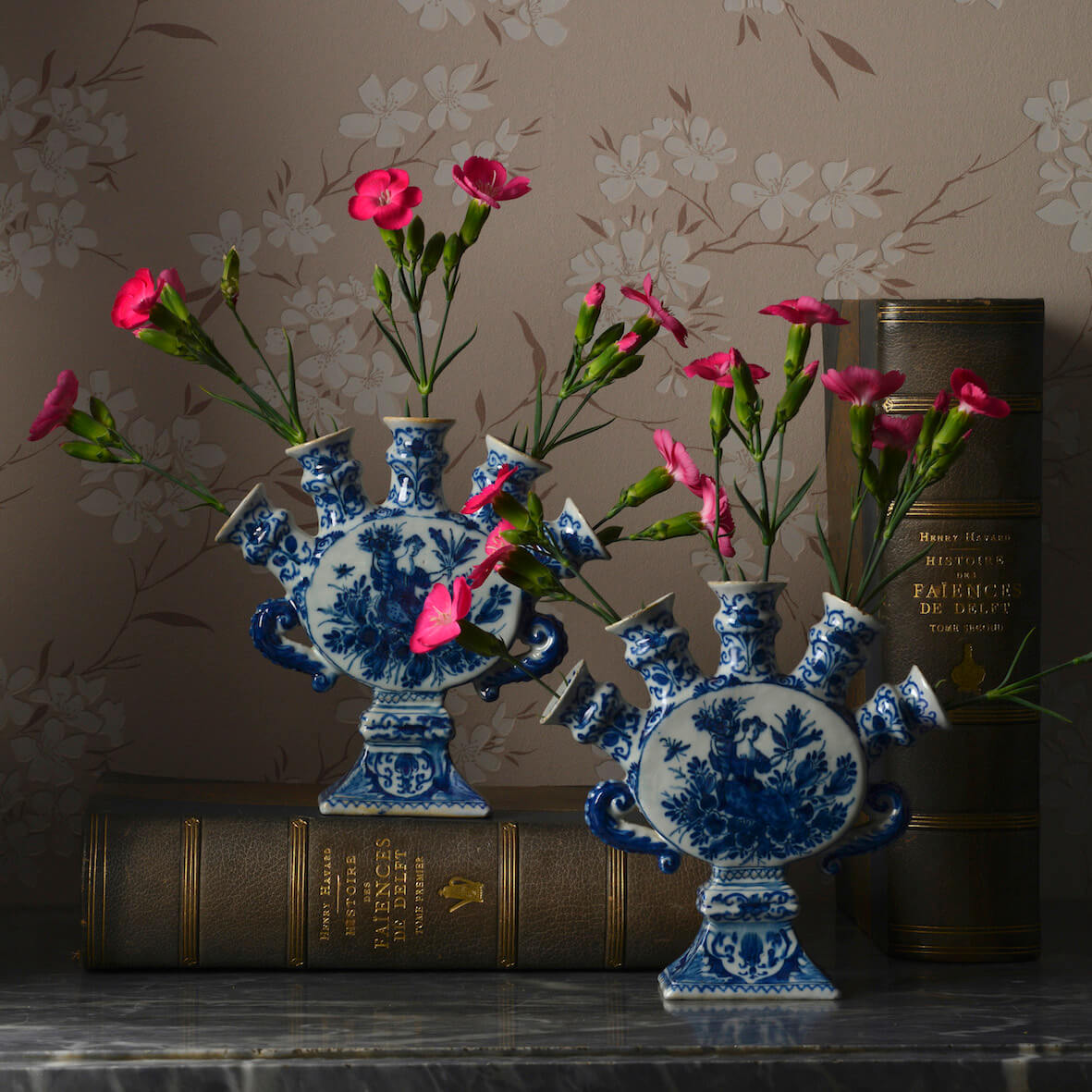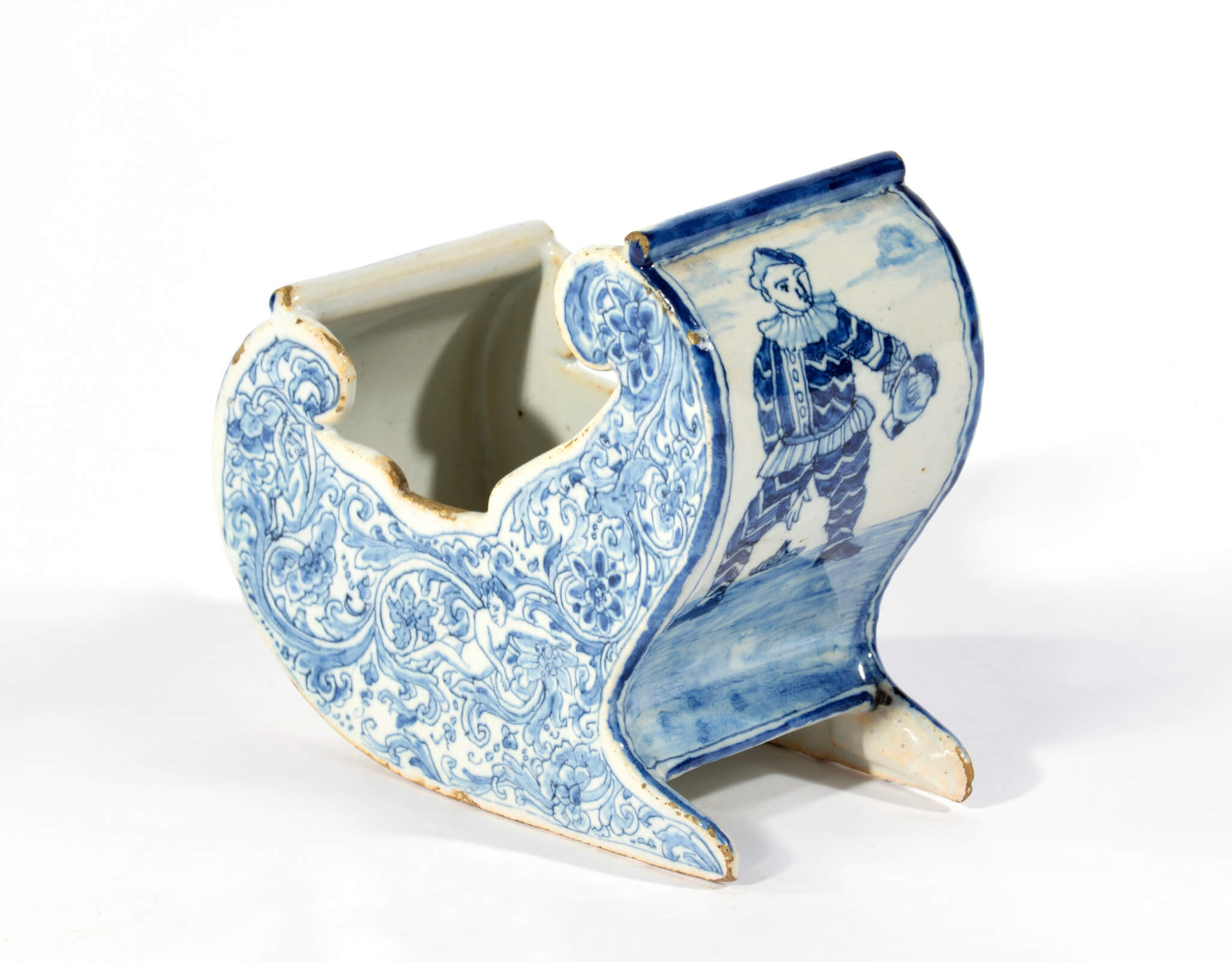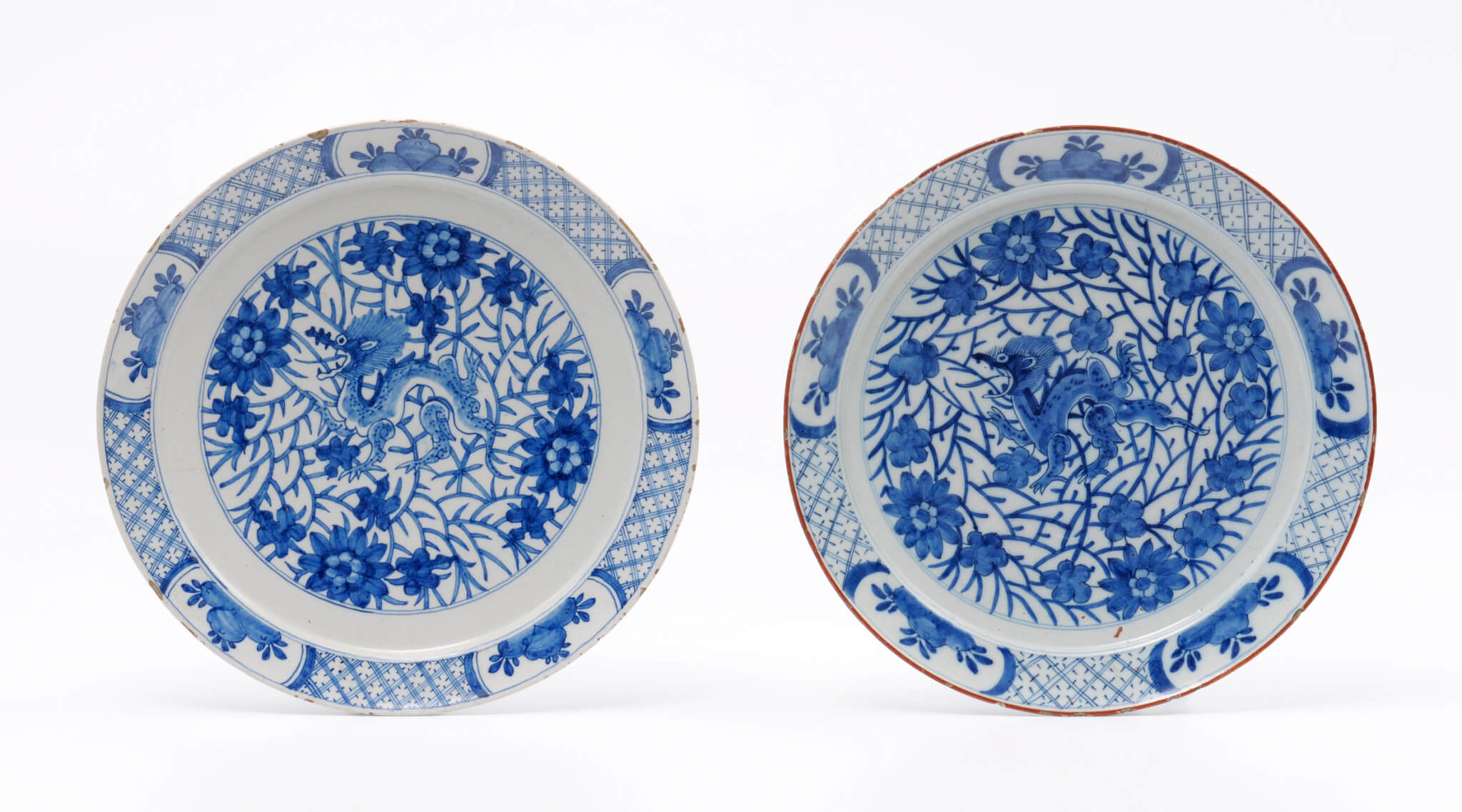Polychrome Figure of a Butter Vendor
Every month we present a special object from the Aronson Antiquairs’ collection. This month we would like to show you this polychrome figure of a butter vendor from 1760. Butter has been a major dairy product produced by the Netherlands for centuries, especially in the province of South Holland, near the cities of Leiden and Delft. The preparation…


